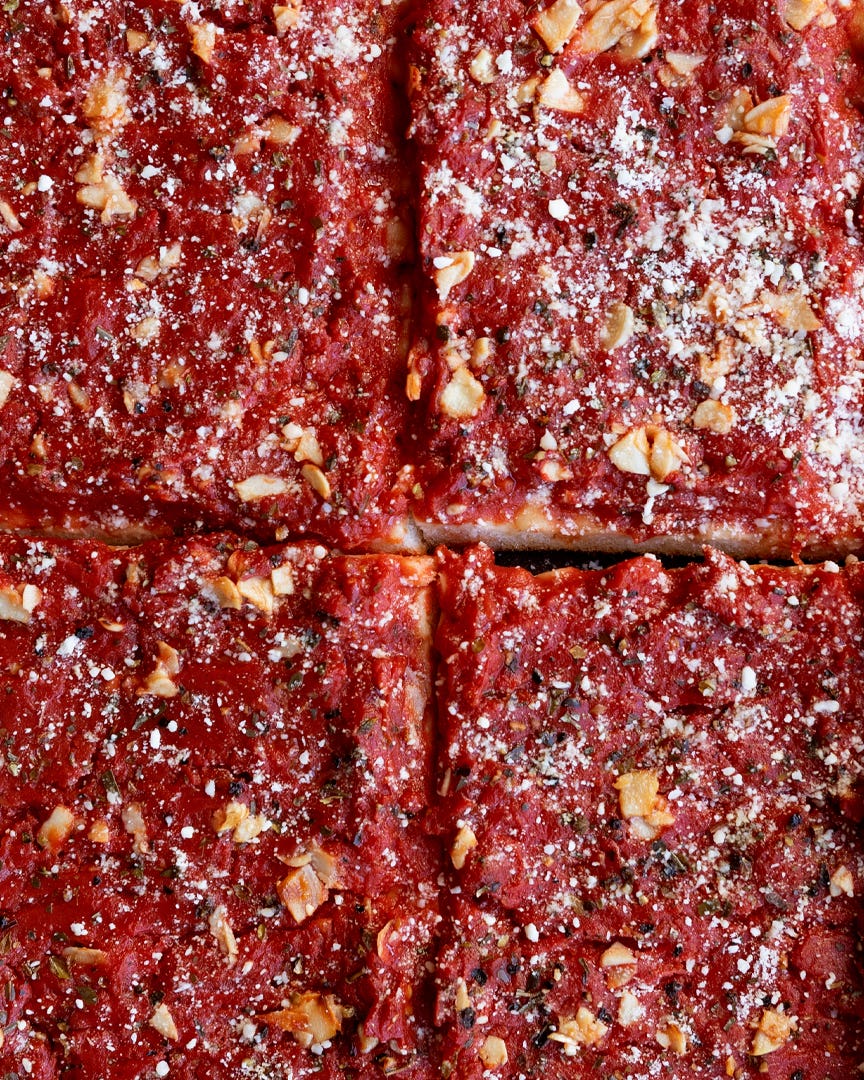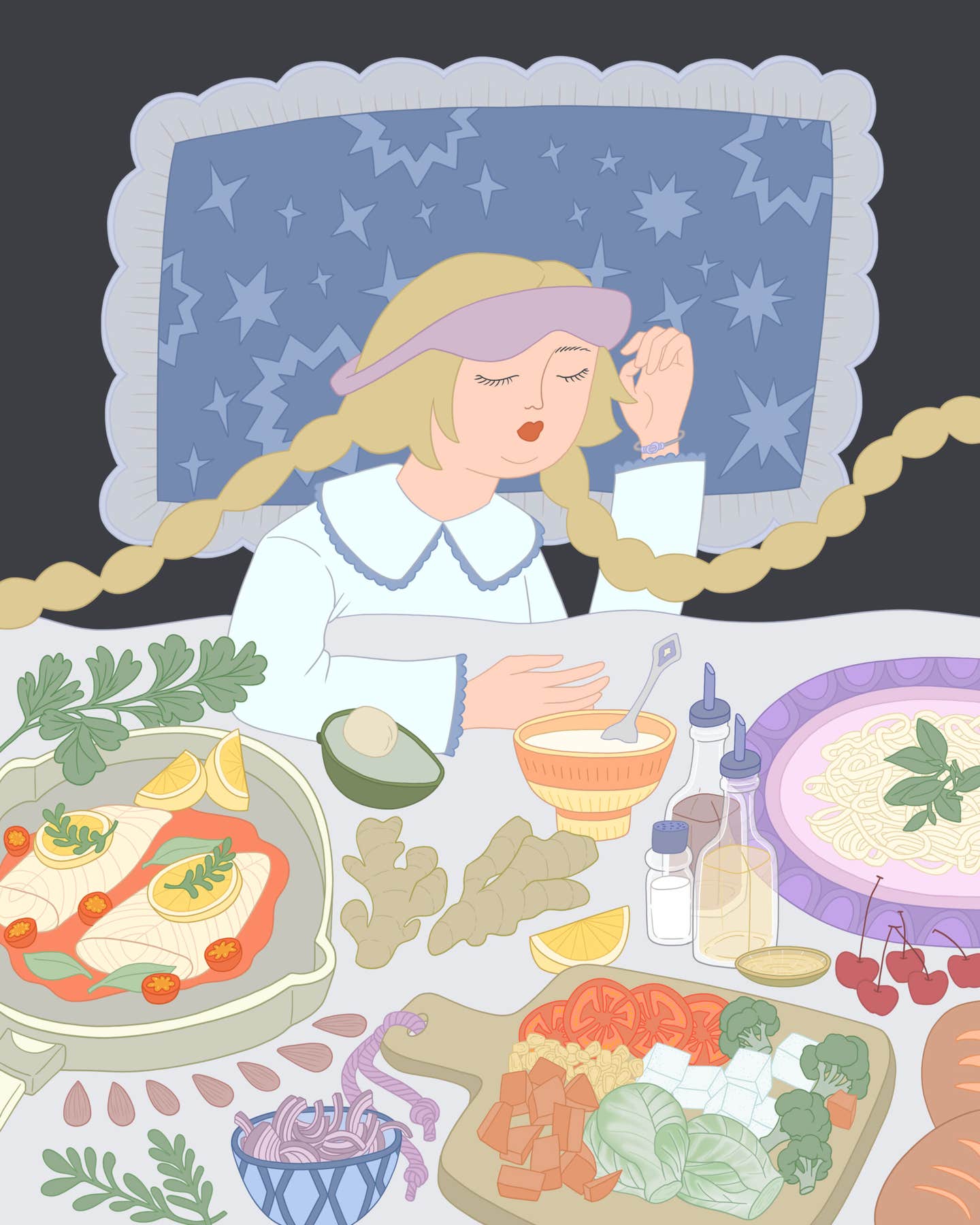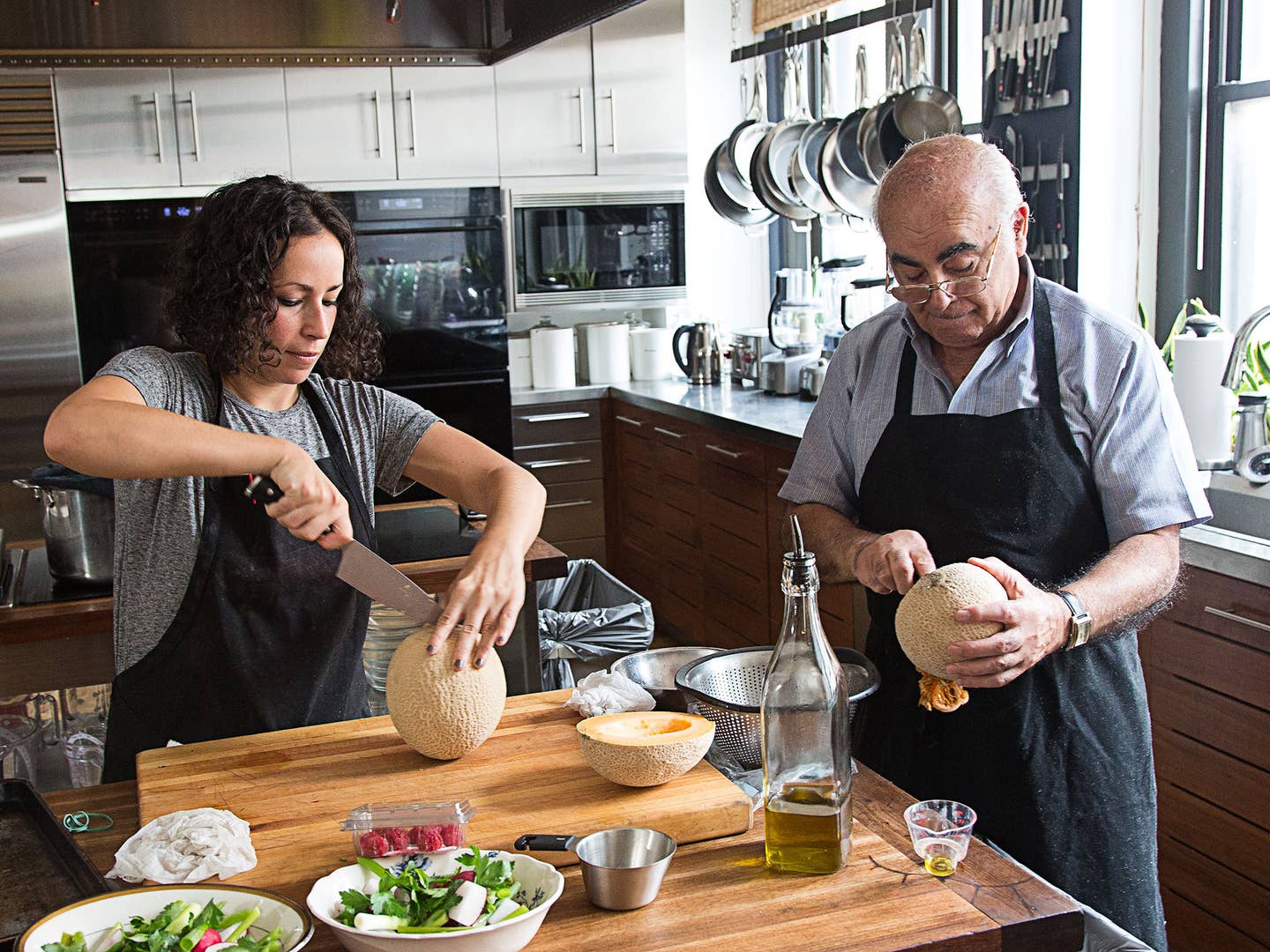
Chasing the Perfect Persian Rice
Test kitchen director Farideh Sadeghin on learning to cook her father’s tahdig
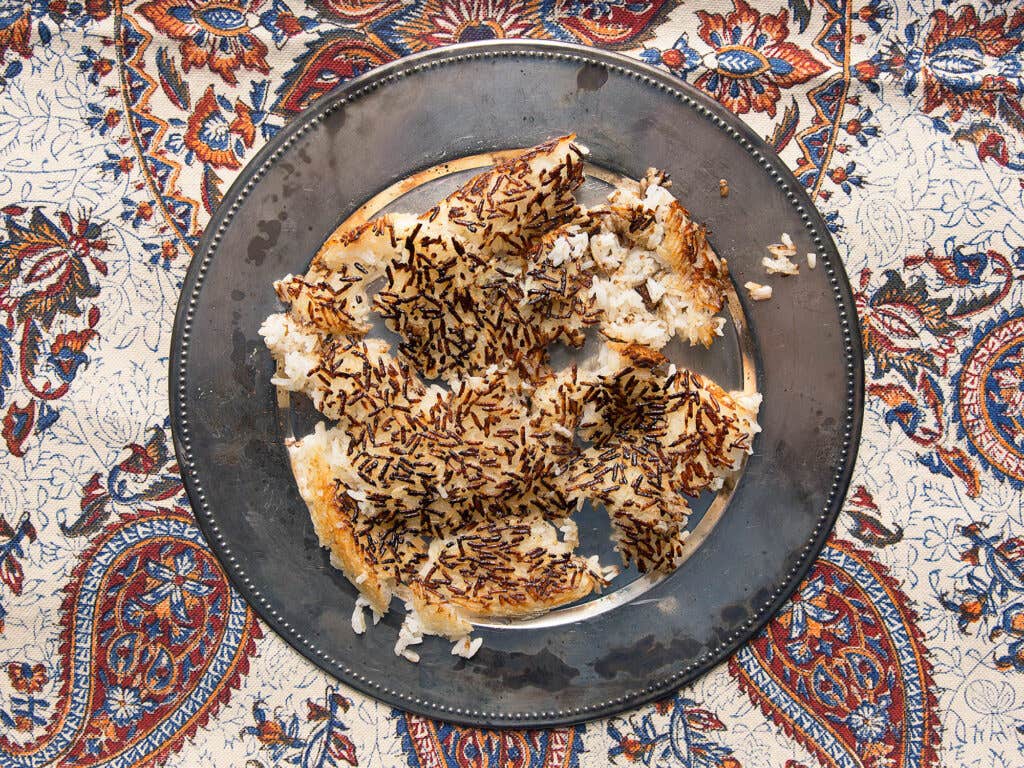
I come from a family that loves food, but growing up, I never liked to cook. I was busy doing other things: playing soccer, reading, hanging out with my friends. Cooking mostly fell to my mom. But Dad had a few dishes that he would whip up when friends were around—dishes that could change lives when eaten. His most famous was his rice.
My dad's rice is fluffy and buttery and the perfect amount of salty. But the best part is the tahdig, the crust that forms on the bottom. My dad grew up in Iran, and tahdig, which means "bottom of the pot," is a staple at any meal that involves rice—which is almost all of them—in a Persian home. The rice itself remains fluffy and the bottom layer turns crispy, with a slight chewiness and an amazing crunch. Whenever we have guests, or if my friends know I'm in town and Dad's making dinner, they request rice. I think he automatically cooks it now; it's just expected. And that plate of tahdig is fought over at the table every time.
Chasing the Perfect Persian Rice
Test kitchen director Farideh Sadeghin on learning to cook her father’s tahdig
I must have watched my dad make his rice thousands of times, but I've yet to perfect it. He doesn't need a recipe; he merely glides around the kitchen, grabbing the salt, a drizzle of olive oil, or a knob of butter, sure of himself and what he is making. Watching him cook is inspiring. So when he suggested coming into the SAVEUR test kitchen to cook lunch for the staff and teach us how to cook his rice, I was all for it.
As we cooked, people came in and out of the kitchen, lured by the smells, to chat with my dad and learn about what he was making that day: not only rice and tahdig, but chicken and vegetable kebabs, cucumber yogurt sauce, shirazi salad, and a cantaloupe drink. He charmed everyone, describing the dishes and their origins in detail (the Persians pretty much invented everything, in case you didn't know). It felt like we were at home again in Maryland.
The trick to that rice, I learned, is knowing your stove. You need to know the exact setting that will yield the best results. You rinse the rice at least 3 times, then soak it for about 15 minutes—this, my dad says, helps to elongate the grains (which also helps with the fluffiness). Then you cover it with water, an inch over the rice, and bring it to a boil with salt, oil, and butter. Turn the heat down to medium-low and cover it with a lid wrapped in a towel. The towel is key: it absorbs some of the moisture so that while the rice is cooking it doesn't get overcooked. While all this is happening, that perfect crust is forming on the bottom.
The meal was a success, even though I messed up the tahdig and my dad had to remake it just as everyone was sitting down to eat. I guess there are just some things that dads will always do best. But I plan to keep practicing until I can get mine as perfect as his.
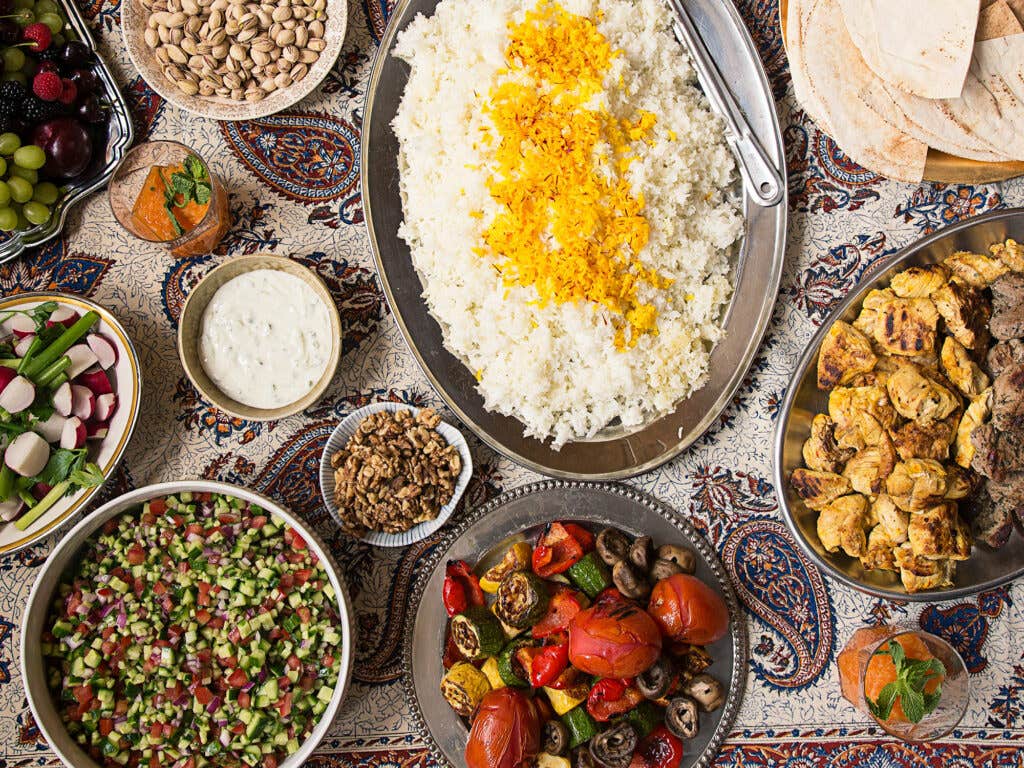
Manouch Sadeghin's Menu:
The Game Plan
The night before: Make the cucumber yogurt and let it chill overnight in order for the flavors to marry.
A few hours ahead: Make the cantaloupe drink. The longer you let it sit, the tastier it is. Begin to marinate the chicken, but make sure not to let it sit for too long because the acid in the lemon juice can make it tough. The shirazi salad can be cut ahead of time, but don't dress it until a half hour or so before serving.
Just before serving: Dress shirazi salad and serve rice immediately.
Keep Reading
Continue to Next Story







